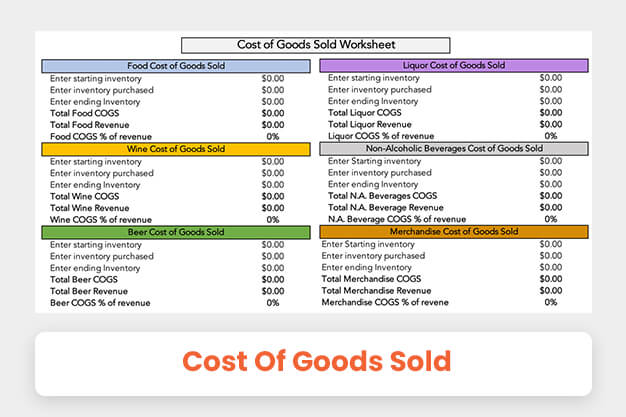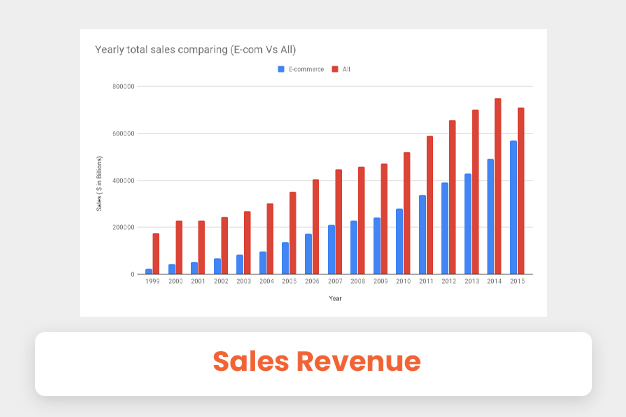Which Account Does A Merchandiser Use That A Service Company Does Not Use?
4 Mins Read
Published on: 29 July 2021
Last Updated on: 18 November 2024

Which account does a merchandiser use that a service company does not use? This is the most frequent question which comes from the service providing companies.
The total cost of goods sold, Inventory, and sales revenue three are three significant accounts used by the merchandiser company. But among these three accounts, which one is carrying the correct answer for which type of account does a merchandiser use but the service company does not use?
For knowing the correct answer to the questions, you have to start with the functions of the merchandiser and the service-providing companies. After figuring out the functional differences and the purpose of these three accounts, you will quickly understand which account a merchandiser uses but the service company does not use?
So let’s start with the definitions of the Merchandiser company.
What Is Marchendiser’s Company?

Merchandiser companies buy some goods and then resell the items with the higher ranges. This is the main function of the Merchandiser’s company. If you closely watch the functions, you will see the merchandising companies are dealing with the goods and the physical materials.
Merchandising companies are selling the goods in two separate ways, one is entirely focusing on the wholesale market, and the other one is selling the goods in the retail market. As a result, the wholesale merchandising company’s volume is higher than the retail ones.
The Merchandising companies are not the service providers or the manufacturing unit. But the operations are more similar to the distribution level. Therefore, the merchandising companies are using mainly three types of accounts: cost of goods sold, Inventory, and sales revenue. Now let’s see which are the service companies.
What Is The Service Company?

The operations of the service company are entirely different from the merchandising company. The service companies do not sell any physical goods, but their main saleable products are their services. Which account does a merchandiser use that a service company does not use? As you can clearly understand, among these three accounts, which one the service company does not use. The main three accounts are the cost of the items sold, Inventory, and sales revenue.
The service company earns revenue through the service. So the revenue option is not the collect one. But for the service provided, they have to maintain their inventory.
For example, take the actions of the public accounting firm. Through the making of the tax return papers, the companies are earning revenue. And to keep their service study and punctual, they have to keep their inventory ready all time. Only the cost of items sold is not for the companies who are just offering the services.
To better understand and find out the right answer for which account a merchandiser uses that a service company does not use? Here we are discussing the functions of the three accounts.
Which Account Does A Merchandiser Use That A Service Company Does Not Use?
The merchandiser’s goods are the foremost vital sellable items that the company purchases and sells to the wholesale or retail market. And these accounts are not used by the service companies.
Here are the three types of companies which the merchandisers are using. Take a look at the functions of the accounts to find the exact answer for the question of which account does a merchandiser use that a service company does not use?
1. Cost Of Goods Sold

The cost of the goods is carrying the value for the goods which are sold in a fixed period of time. The cost of goods account is used by the merchandisers. This account is entirely keeping the exact records of the goods which are selling in the fixed time. As the service companies do not sell any goods, they do not have to maintain the account.
2. Inventory

In inventory accounting, the companies are keeping the records of the goods in three steps. One is the raw material, in progress, and the finished products. This inventory account is commonly used by manufacturing companies, but the merchandisers use the inventory to keep their products records.
As they do not make any goods, but after they purchase the goods, many merchandises keep the records of the goods, and for this purpose, the inventory accounts are used by merchandisers. And service companies are also using the inventory to keep track of the services. So both of these companies are using the inventory account.
3. Sales Revenue

When you are searching for the answer, which account does a merchandiser use that a service company does not use. The sales revenue account is widely used by any type of business organization. Merchandise companies are generating revenue from the sales of their goods, and service companies are earning revenue from their services.
So the sales revenue account is the standard type of account in which merchandise, manufacturers, and the service company keep records of the sales revenue. The main key point is every business is setting up for the profit and sale revenue account is helping to keep track of everything.
Wrapping It Up:
Now we think the answer for which account does a merchandiser use that a service company does not use? is clear to you. The functions of the merchandisers and the service company are quite different. The inventory and the sales revenue are the two common accounts that are used by the merchandisers and the service company. So what is your opinion over the solutions? Do not forget to share your opinion in the comment sections.
Read Also:


















Comments Are Closed For This Article